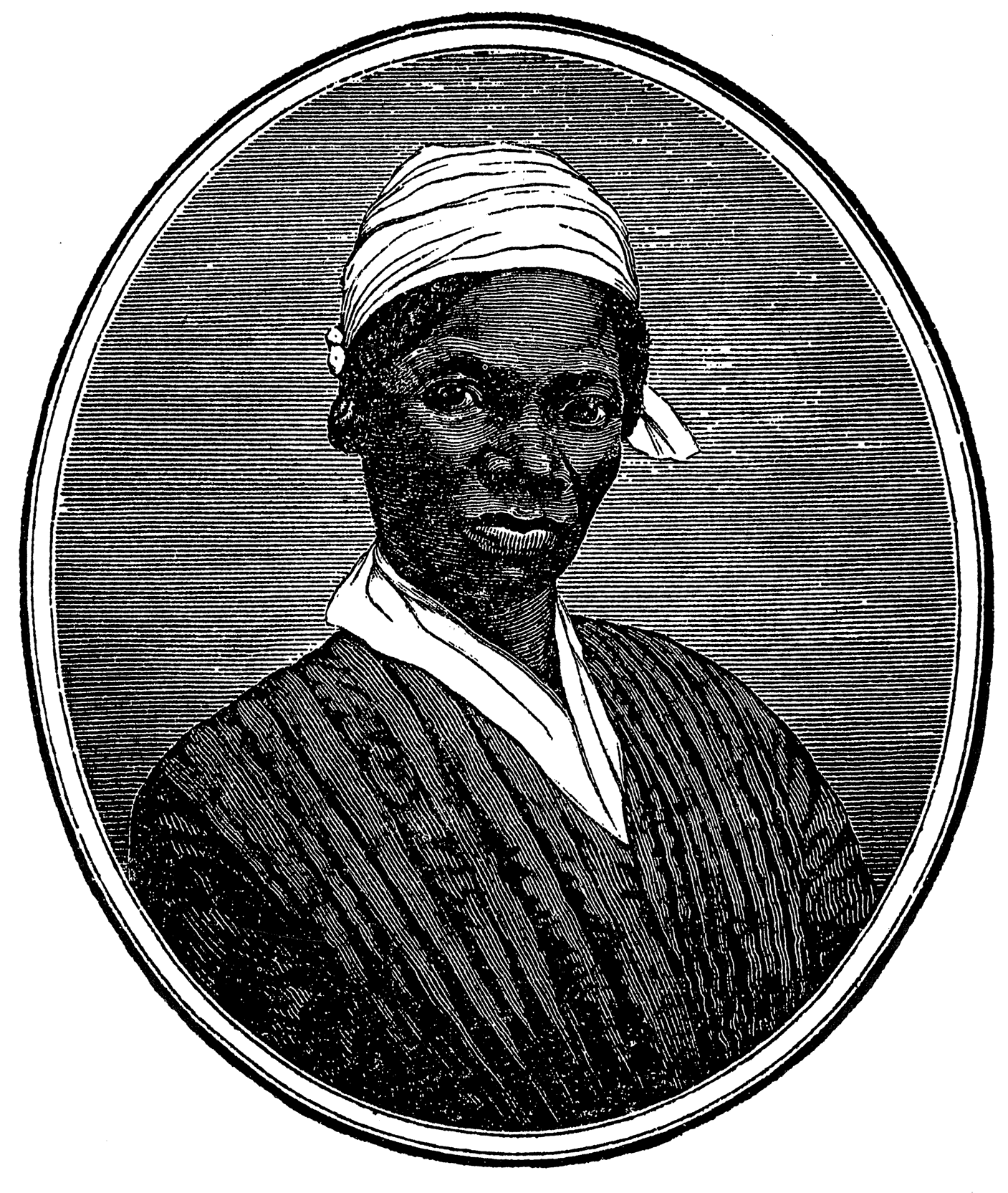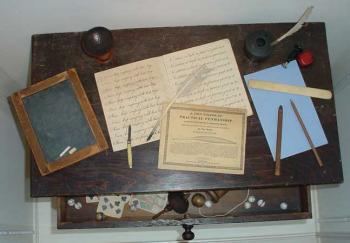“If I could but see you happily situated (after the trials and crosses you have born since my reverses came upon us,) where you could injoy more rest, more advantages for mental and moral improvement which I know you so much long for. I should then be a happy man. The welfare of our children will always be uppermost in our minds & I am greatly mistaken if here is not the best place for them that we can possably expect to get…I see not why our children may not be highly Educated in Body & Mind.”
James Stetson to Dolly Stetson, Feb. 10, 1843
Education and Reform
The Northampton Association for Education and Industry saw education as key to their beliefs, morals, and aspirations. The Stetson family clearly based their decision to move to the community and their later decision to remain a part of the community (when others were leaving) on the education provided by the Association. Education was central to reform life of the 1840s and central to the lives of the Stetsons. (See Almira Stetson’s March 4, 1845 letter to her father.)
Education at Mid-Century
and penmanship manual; drawer contains cards, top,
and other toys.
In response to the market revolution, immigration, and the growth of democracy in the 1830s, many reformers looked to education to maintain Protestant values and morality. The Second Great Awakening sparked moral activism in education.
Massachusetts’ reformer Horace Mann argued for common schools, compulsory education and experiential learning. Books like the McGuffey Readers were developed to teach moral education to young Americans through hard work, punctuality and sobriety. The expansion of schools during this era coincided with a new cultural recognition of childhood. The American child was “born” and needed to be raised and cared for “appropriately.” In response to Protestant influences on public schools, private Catholic schools were opened to Catholic youth.
Throughout the mid-1800s new denominational colleges opened to promote the ideas of religious reform. Mount Holyoke College became the first women’s college. Oberlin opened its doors to women. The lyceum movement encouraged adults to further their education in social issues and activism. Establishing schools for the blind and deaf extended education to many who previously had no access. Dorothea Dix and others fiercely advocated for the establishment of mental asylums and the recognition of mental illness. All of the movements saw education as the key element to social reform.
Education at the Association
The Stetson letters provide an amazing window into the ways in which these educational movements appeared in the everyday life of the reformers at the NAEI. The Stetsons began their journey to Northampton because of education—its importance to Dolly, James, and their children is clear throughout the letters.
The NAEI provided education for children that was based on a model of “learning by doing” and clearly stressed the role of hard work in developing values and work ethic. While this educational theory was initially intentional, children at NAEI became necessary actors in the economic survival of the community, as becomes clear in Almira Stetson’s grievances to her father.
Overtime education at NAEI changed due to teachers’ departures and the economic demands of the Association. The nature of children’s work at NAEI becomes a point of contention for the members and the line between education and labor became blurred. Despite these issues, the Stetsons and other families valued the educational opportunities they were able to offer their children in Northampton—opportunities they would not find outside of communal living.
In addition to children’s education, the Northampton Association allowed Dolly Stetson and other adults, especially women, opportunities to expand their own education. The work-sharing created by communal living allowed Dolly and other women to read more often, participate in community meetings, and enjoy the visiting lecturers who frequented the Association throughout its existence.
The community hosted conferences on communitarian living which provided opportunities for members to argue, shift, and solidify their utopian ideals. Young women, like Almira Stetson, were encouraged to read the writings of female activists and aspire to emulate the actions of Abby Kelly and the Grimke sisters.
While the association maintained gender-proscribed work, it clearly provided women with political and educational opportunities that would not be realized as easily in communities outside of the Association. Dolly’s references to lyceums asylums, and newly founded denominational colleges–Almira briefly attended nearby Mt. Holyoke College–show how the national trends appeared on the local level and how informed she remained on the current issues. Education was taken seriously at NAEI by young and old.
Throughout the Stetson letters, the family demonstrated its commitment to education on a personal, community, and national level to develop the mind, body, and soul. In exploring their letters, one sees many references to the national trends in education. Not only do the letter reinforce the existence of these reforms but they demonstrate just how interconnected reformers were within the changing social trends.




